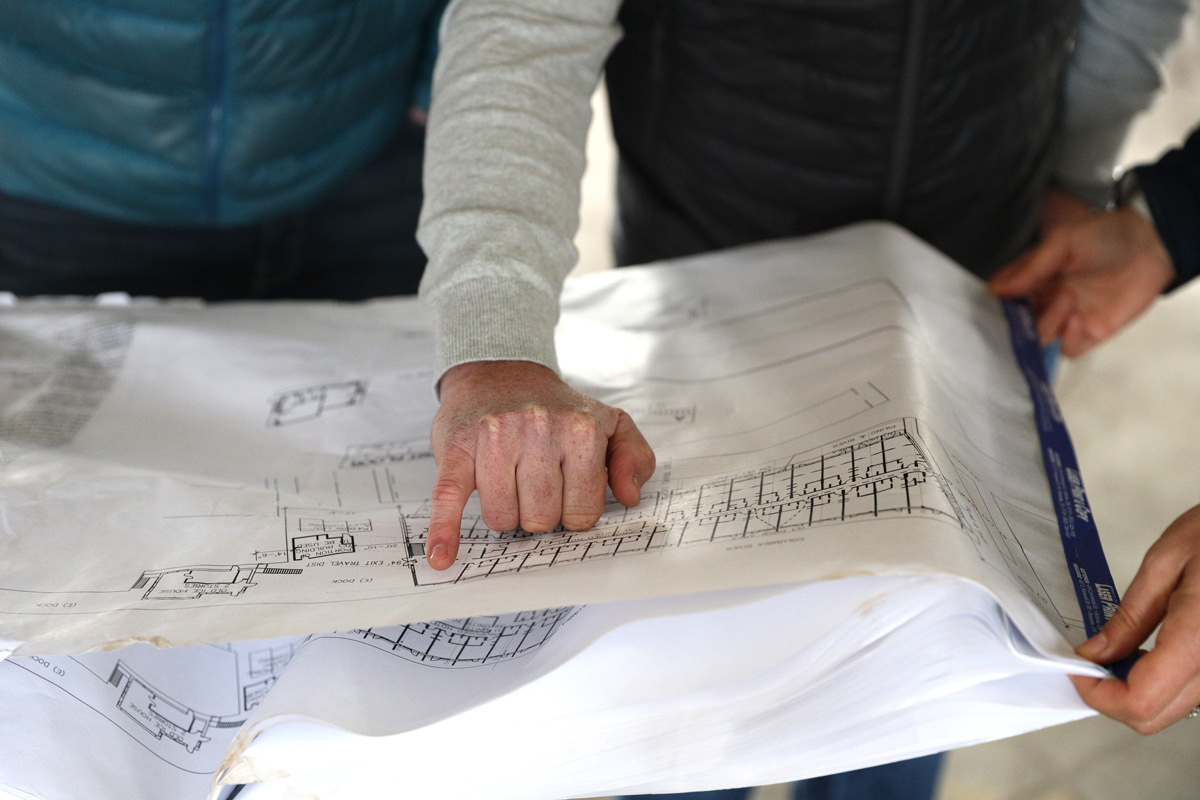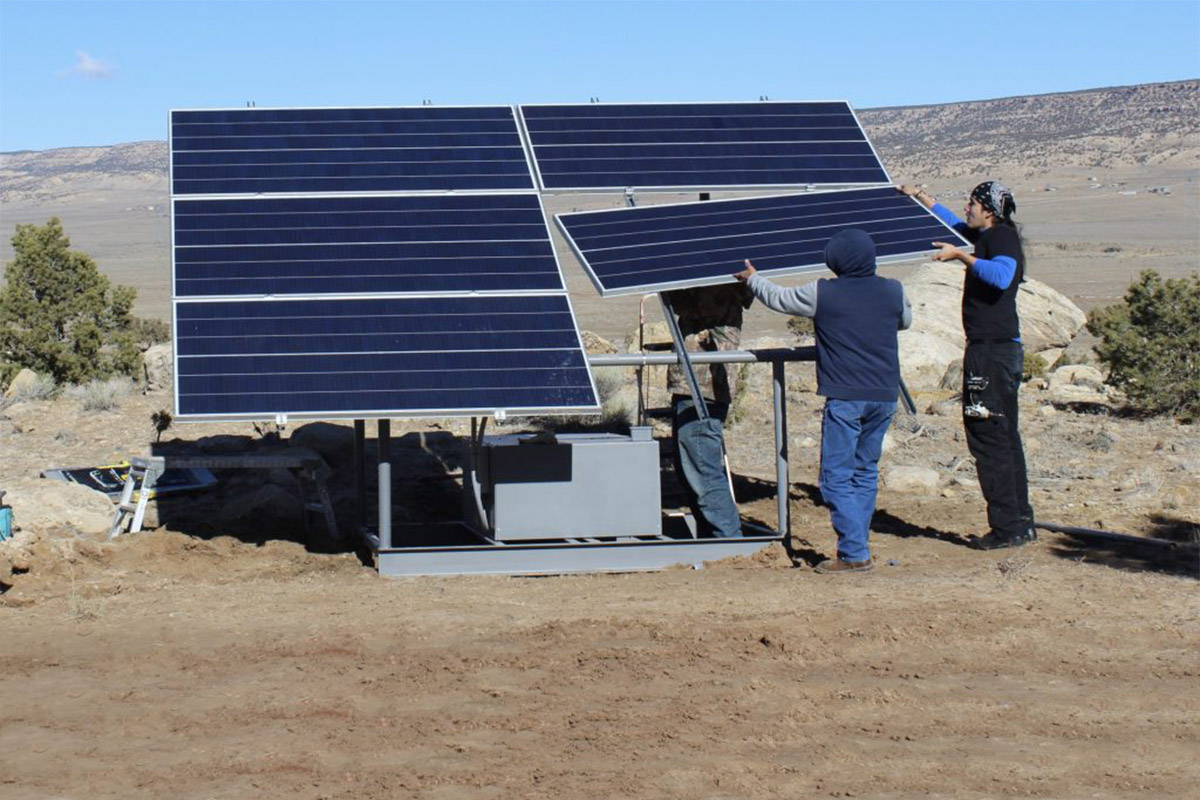We evaluated our impact investments by teaming with communities as partners to define the kinds of social returns they find most useful.
We believe that how we invest matters just as much as where our dollars go. That’s why, as part of our 2030 impact investing strategy, we’ve been working to ensure our impact investments reflect our values, expand opportunity, and help communities thrive on their own terms.
We evaluated PRIs with an equitable evaluation framework, which means we did more than just look at data or reports; we asked our partners to be involved in the evaluation. This made sure it was actually useful for them.
A key element of our strategy is partnering more deeply with the communities we serve—especially when it comes to how we evaluate the impact of our investments. In 2024, we took a new approach to evaluating our program-related investments (PRIs), a type of impact investing that prioritizes social returns over financial returns. Using an equitable evaluation framework, which means we did more than just look at data or reports; we asked our partners to be involved in the evaluation. This made sure it was actually useful for them—giving them a space to share the stories of how to change financial systems, and other systems, in real time, with real people.
“Systems change starts from within, and we recognized we needed to change our Foundation’s systems for how we evaluate impact,” said Karla Miller, vice president of program. “For too long, evaluation has been something done to community members, not with them. This was a chance to co-create a more useful way to understand impact—one that starts with the lived experience of our partners and who they serve.”
“For too long, evaluation has been something ‘done’ to community members, not ‘with’ them. This was a chance to co-create a more useful way to understand impact.”
Karla Miller
Vice President of Program
Northwest Area Foundation
It starts with looking back to look forward.
We’ve made PRIs for more than 20 years, with $13 million currently allocated in low-interest loans to community development financial institutions (CDFIs) that work in our priority communities—Native Americans, communities of color, immigrants, refugees, and people in rural areas.
Until now, our PRIs have gone exclusively to CDFIs—including to our many Native CDFI grantees and impact investment partners, and for good reason. These partners play a unique role in unlocking capital for individuals and organizations that traditional finance too often overlooks. As we grow this part of our portfolio—with plans to explore making direct PRIs to nonprofits, tribes, tribal enterprises, and other economic development entities—we wanted to understand more deeply: How do PRIs help communities thrive? What are we doing well? What could we do differently?
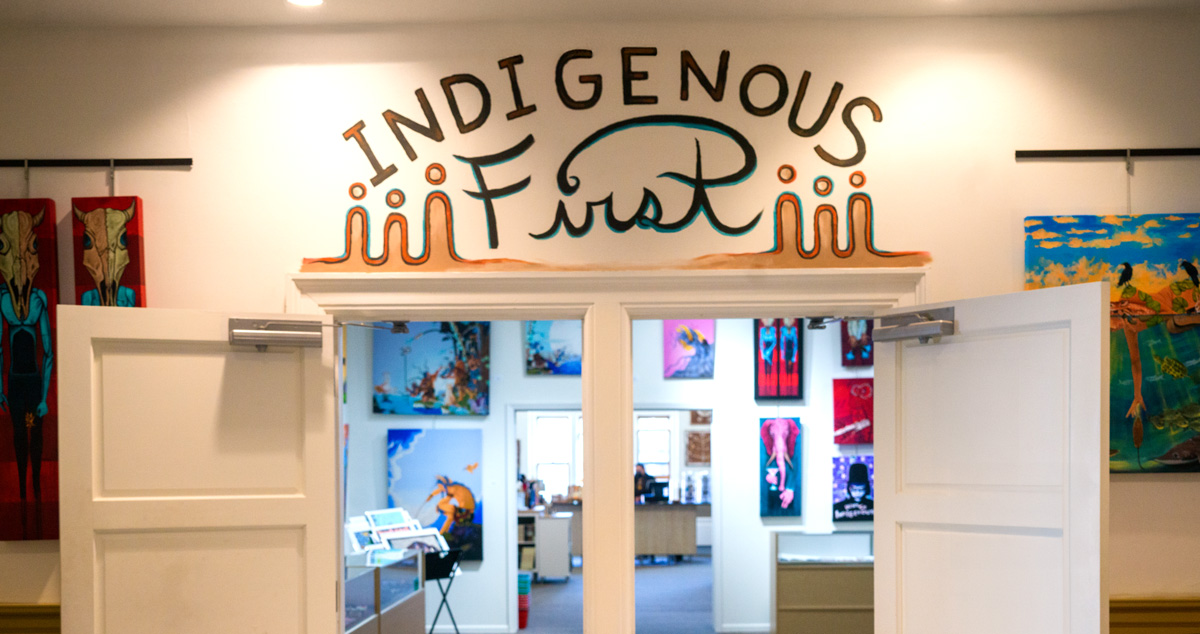
Indigenous First art gallery, a project of Foundation grantee American Indian Community Housing Organization (AICHO), Duluth, MN.
In 2024, partnering with Cooke Wright Collective, we evaluated the social return of our PRI program. The evaluation process blended the usual review of PRI application and report data with in-depth, one-on-one interviews with leaders from 18 CDFIs who received current or recent PRIs. Our goal was to better understand how PRIs affect the recipient organization’s capacity and ability to shift racial, social, and economic justice outcomes and the conditions that help lead to these outcomes.
The collaborative nature of this approach reflects the kind of relationship we’re striving for—one that is rooted in our values of mutual trust and listening and learning for change.
We know that systems change is complex, and storytelling is often the best way to uncover it. The use of an equitable evaluation approach led us to listen, learn, and center our partners in shaping how we collectively understand impact, so that we can also collectively apply these learnings. The collaborative nature of this approach reflects the kind of relationship we’re striving for—one that is rooted in our values of mutual trust and listening and learning for change.
Here’s what we learned in collaboration with our community-led CDFI partners.
1. CDFIs are shifting systems.
CDFIs do more than lend money. They play multiple roles in shifting financial systems to better serve their communities. Through stories, our partners shared what equitable change looks like. In their own words, they said that, with PRIs, they can act in multiple roles, including as:
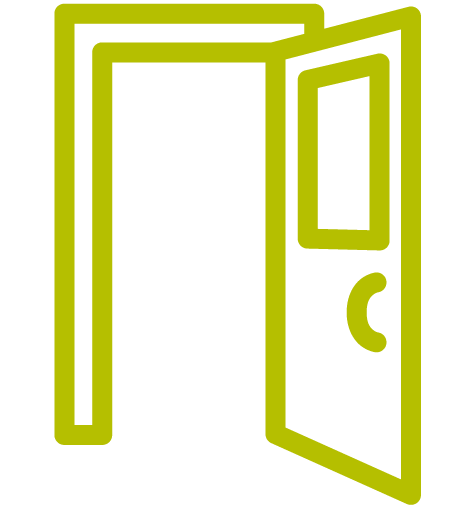

DOOR-KICKERS
Helping people access financial tools that were previously out
of reach
WEBS
Connecting borrowers to wraparound support
WEAVERS
Aligning capital with community priorities
NEIGHBORS
Bringing trusted, local relationships to financial services
Embodying these roles, CDFIs are financing small businesses, domestic violence shelters, housing developments, and more. They’re changing how capital flows and who gets to decide where it goes. This means standing up alternative financial structures and mindsets, testing the ground for new loan products, and breaking unhelpful patterns in the traditional financial system.
As one partner told us, “CDFIs look forward. We are mission-driven lenders. We are a steppingstone. We look at what will be meaningful to the borrower, and the community, and ask: Are we making a difference and generating wealth?”
2. This is flexible, long-term capital at work.
One of the clearest themes we heard: Our PRIs help CDFIs offer capital that is different from traditional loans.
It’s patient—designed for long-term success, not short-term repayment.
It’s quick and affordable—so partners can move with nimbleness when opportunities arise.
It’s culturally appropriate—grounded in community knowledge as well as financial metrics.
And it’s consistent—providing a stable foundation in an often volatile funding landscape.
What does this look like in real terms? With greater access to capital through CDFIs, borrowers were able to create businesses, jobs, tax revenue, and community spaces, and offer more services in their communities. This helped their local economies become more just and vibrant.
As one CDFI leader shared, “When I think about lending as a tool, it’s for both the individual and community. It’s to support the borrower, the changemaker, the small business owner. And we also want to support a pathway to a more prosperous rural community.”
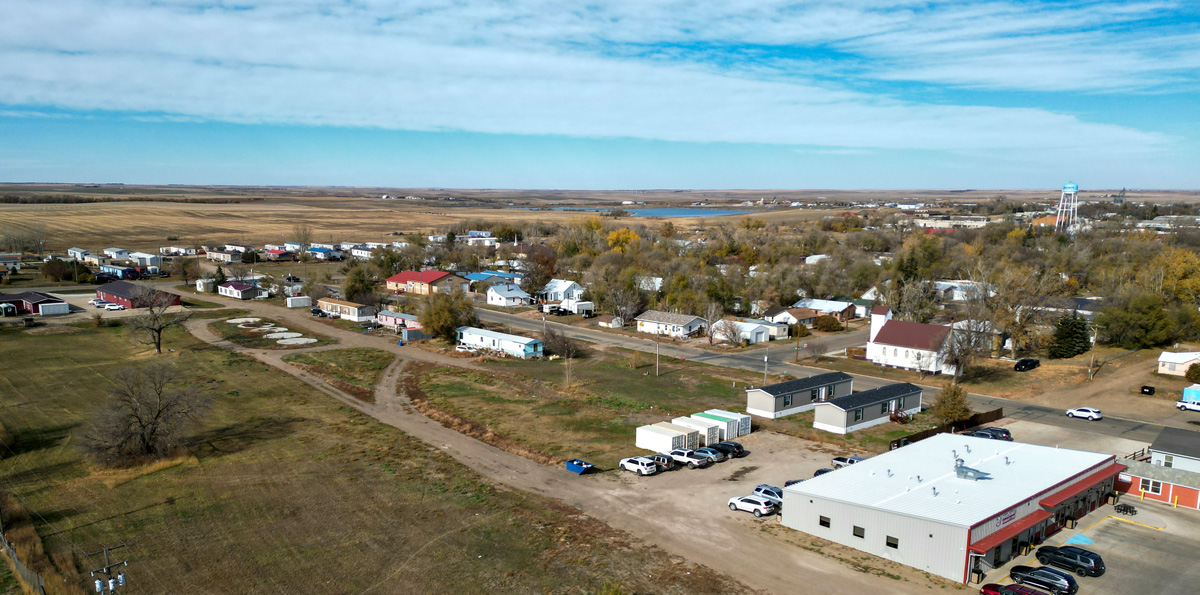
Aerial view of community and commerce fostered by Foundation grantee Four Bands Community Fund, Eagle Butte, SD.
3. PRIs support communities seeking justice by moving beyond barriers to opportunity.
Our evaluation reaffirmed the role PRIs play in supporting communities as they work toward racial, social, and economic justice. This means overcoming barriers created by how our financial and other systems exclude people and, instead, creating conditions that allow them to thrive on their own terms.
Through the interviews, we heard powerful examples of how CDFIs are replacing barriers with opportunity—by forging ownership pathways where there once were none. One Native-led CDFI partner noted, “There’s a lot of trauma and shame for folks around money, or the lack thereof. We try to walk alongside them. We say, ‘We believe in you, the human being, not the person who has a certain credit score.’”
Another shared, “The work we’re doing is building generational wealth, and that’s healing by nature—creating stability, legacy, and opportunities that can be passed down.”
“There’s a lot of trauma and shame for folks around money, or the lack thereof. We try to walk alongside them. We say, ‘We believe in you, the human being, not the person who has a certain credit score.’”
Native-led CDFI Partner
The evaluation points the way to an even more promising future for PRIs.
This evaluation is already shaping our thinking for the future. Our new impact investing strategy aims to grow our PRI portfolio to $25 million in the next five years.
For some partners with specific needs, we’ve paired general operating support grants with PRIs, so that organizations have the resources they need to both deliver on their commitments and build toward their vision. Going forward, we’re looking at how to support more connections across the CDFI field—through convenings, peer learning, and building relationships to share knowledge.
“We’ve always believed PRIs can be powerful tools for systems change, and hearing directly from our partners confirmed that impact ripples out far beyond a single investment,” said Miller. “PRIs help shift power by putting capital in the hands of leaders who know what their communities need to thrive—in ways that reflect care, culture, and long-term vision.”
As we expand our PRI portfolio, we’ll continue refining how we listen, evaluate, and invest in ways that align with our mission and values. This equitable evaluation reminded us that the best insights don’t come from the numbers alone. They come from trusted relationships—and the stories of people whose lives have changed by accessing capital that works for them.
“PRIs help shift power by putting capital in the hands of leaders who know what their communities need to thrive—in ways that reflect care, culture, and long-term vision.”

